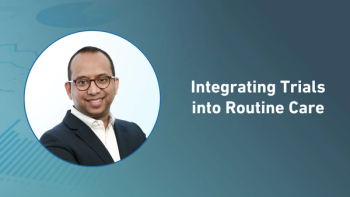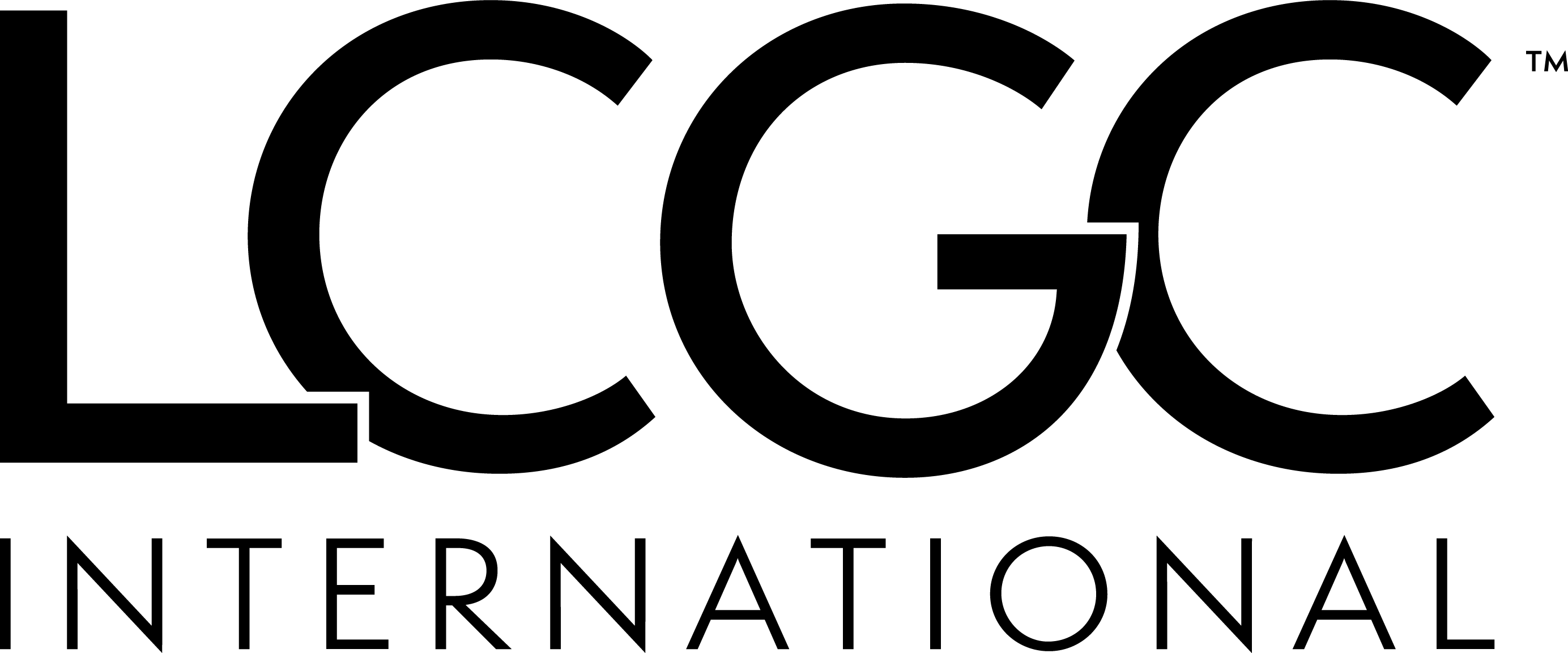
Final Guidance on IRB Written Procedures Issued
The Office for Human Research Protections at the US Department of Health and Human Services and the US Food and Drug Administration issued a final guidance on May 17 on Institutional Review Board written procedures, which are required under both OHRP and FDA regulations.
The guidance is intended to assist Institutional Review Boards and institutions in developing written procedures. Whether an IRB has written procedures on the topics identified in the guidance may also be a useful benchmark for drug and device manufacturers to assess IRB standards and regulatory compliance when auditing or choosing IRBs for their clinical research.
The Office for Human Research Protections (OHRP) at the US Department of Health and Human Services (HHS) and the US Food and Drug Administration (FDA) issued a final guidance on May 17 on Institutional Review Board (IRB) written procedures, which are required under both OHRP and FDA regulations.
What’s in it?
IRBs must follow written procedures for the following functions and operations pursuant to the HHS regulations at 45 CFR §§ 46.103(b)(4) and (5) and the FDA regulations at 21 CFR §§ 56.108(a) and (b):
1. Conducting initial and continuing review of research and reporting findings and actions to the investigator and the institution
2. Determining which projects require review more often than annually and determining which projects need verification from sources other than the investigator that no material changes have occurred since previous IRB review
3. Ensuring prompt reporting to the IRB of proposed changes in a research activity and ensuring that changes in approved research, during the period for which IRB approval has already been given, may not be initiated without IRB review and approval except where necessary to eliminate apparent immediate hazards to the human subjects
4. Ensuring prompt reporting to the IRB, appropriate institutional officials, and the department or agency head (i.e., OHRP) for research conducted or supported by HHS, and FDA for FDA-regulated research of any
· unanticipated problems involving risks to human subjects or others;
· instance of serious or continuing noncompliance with the applicable HHS and FDA regulations or the requirements or determinations of the IRB; and
· suspension or termination of IRB approval.
These topics provide little detail, and the guidance is intended to assist IRBs and institutions in developing written procedures on them. Specifically, under Section IV of the guidance, FDA and OHRP provide a checklist with five sections (I-V), in which the headers of the first four sections state the regulatory requirements identified above, followed by a listing of OHRP and FDA recommendations on operational actions to support each of the requirements. The fifth section includes other topics the IRB may consider when developing comprehensive regulations.
What’s changed?
The final guidance is largely consistent with the draft guidance, which was issued in August 2016. In one of the few departures from the draft guidance, the final guidance makes clear that the headings set forth in Sections I-IV of the checklist provide the specific procedural requirements, and that the items listed under these checklist headings are only recommendations to achieve the requirements. The guidance emphasizes that the regulations allow for differences in application, and explains that the recommendations may therefore not be applicable to all IRBs and institutions/IRBs may, for example, choose to combine items in the checklist as needed to avoid redundancy.
In addition, while substantively nearly identical, the final guidance offers some additional flexibility in its checklist recommendations, as well. For example, both the final and draft guidance documents recommend a written procedure for determining that the criteria for IRB approval of research are met. The draft guidance additionally states that the procedure should address seven specific areas, such as how the IRB determines that the approval criteria are satisfied before approving a study, and where the IRB documents its review determinations. The final guidance, on the other hand, provides none of that detail for determining that the criteria for IRB approval of research are met, thereby giving IRBs and institutions leeway in drafting the procedure on that topic.
Finally, the final guidance formally clarifies that Section V in the Written Procedures Checklist includes topics for procedures that FDA and OHRP clearly determined do not fit under the four categories of required procedures set forth in the Written Procedures Checklist headings I-IV. Section V topics, therefore, are not necessary to meeting the IRB’s regulatory requirement to have procedures. Some of the topics previously included in Sections I-IV of the draft version of the Written Procedures Checklist have been moved to Section V in the final guidance. For example, recommended procedures for determining whether a study is subject to IRB review were previously listed under Section I of the draft Written Procedure Checklist as part of the review/continuing review procedures, but in the final guidance, FDA/OHRP moved this recommended procedure to Section V.
What’s the bottom line?
While IRBs are required to have certain written procedures, HHS and FDA acknowledge that the regulations allow flexibility in both format and content of written procedures. Accordingly, the guidance states that IRBs can “establish procedures best suited to their own operations.” That being said, flexibility in the operational details does not mean that no such details should be provided. Rather, the guidance advises against simply restating the regulations as an IRB’s written procedures, as that approach does not provide enough information to ensure that the IRB’s operations meet the regulatory requirements. The written procedures should therefore be sufficiently detailed to inform IRBs and staff on how to carry out their duties, yet may be tailored to suit the specific organization for which they are being used.
Ann Begley is partner and Hilary Lewis is an associate, both with Morgan, Lewis & Bockius LLP.
This article is provided as a general informational service and should not be construed as imparting legal advice on any specific matter.
Newsletter
Stay current in clinical research with Applied Clinical Trials, providing expert insights, regulatory updates, and practical strategies for successful clinical trial design and execution.





.png)



.png)



.png)
.png)
